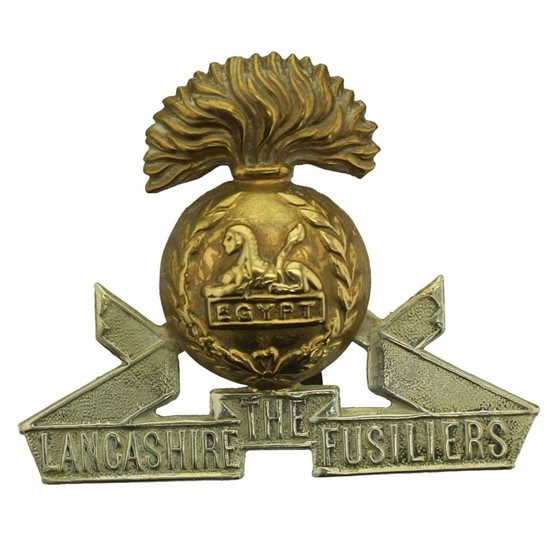Personal Details
Born: 22 July 1886 at Alkington, Shropshire and baptised on 1 September 1886 at the United Reformed Church, Whitchurch, Shropshire.
Family: He was the only child of Stephen Batho, a farmer, and his wife Elizabeth (Betsy), nee Davenport. His father died when he was aged 1.
Residence: In the 1891 Census Stephen was living with his widowed mother and her parents on a farm in Alkington, Shropshire. By 1901 the family had moved to Alkington Road, Whitchurch, Shropshire and in the 1911 Census their address was Ivy Lodge, 159 Alkington Road. Stephen was still living with his mother at this address according to the 1939 Register. He appears to have lived there for the remainder of his life.
Employment: His occupation on the 1911 Census was recorded as a cabinet maker for a wholesale and retail furniture manufacturer. In 1939 he was still a cabinet maker as well as a furniture remover`s general assistant.
Died: 28 November 1958 in Deermoss Hospital, Whitchurch, Shropshire, aged 76.
Military Details
Regiment: Lancashire Fusiliers (previously Royal Engineers)
Rank: Private
Service Number: 46111 (previously 224168)
Date of Enlistment: Not known
Date of Discharge: Not known
Reason for Discharge: Not known
Stephen was awarded the Campaign Medals (British War Medal and Victory Medal)

The British War Medal (also known as 'Squeak') was a silver or bronze medal awarded to officers and men of the British and Imperial Forces who either entered a theatre of war or entered service overseas between 5th August 1914 and 11th November 1918 inclusive. This was later extended to services in Russia, Siberia and some other areas in 1919 and 1920. Approximately 6.5 million British War Medals were issued. Approximately 6.4 million of these were the silver versions of this medal. Around 110,000 of a bronze version were issued mainly to Chinese, Maltese and Indian Labour Corps. The front (obv or obverse) of the medal depicts the head of George V. The recipient's service number, rank, name and unit was impressed on the rim.
The Allied Victory Medal (also known as 'Wilfred') was issued by each of the allies. It was decided that each of the allies should each issue their own bronze victory medal with a similar design, similar equivalent wording and identical ribbon. The British medal was designed by W. McMillan. The front depicts a winged classical figure representing victory. Approximately 5.7 million victory medals were issued. Interestingly, eligibility for this medal was more restrictive and not everyone who received the British War Medal ('Squeak') also received the Victory Medal ('Wilfred'). However, in general, all recipients of 'Wilfred' also received 'Squeak' and all recipients of The 1914 Star or The 1914/1915 Star (also known as 'Pip') also received both 'Squeak' and 'Wilfred'. The recipient's service number, rank, name and unit was impressed on the rim.

